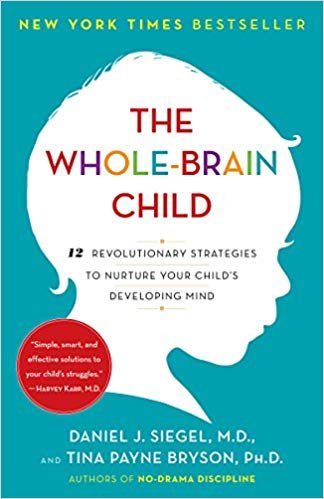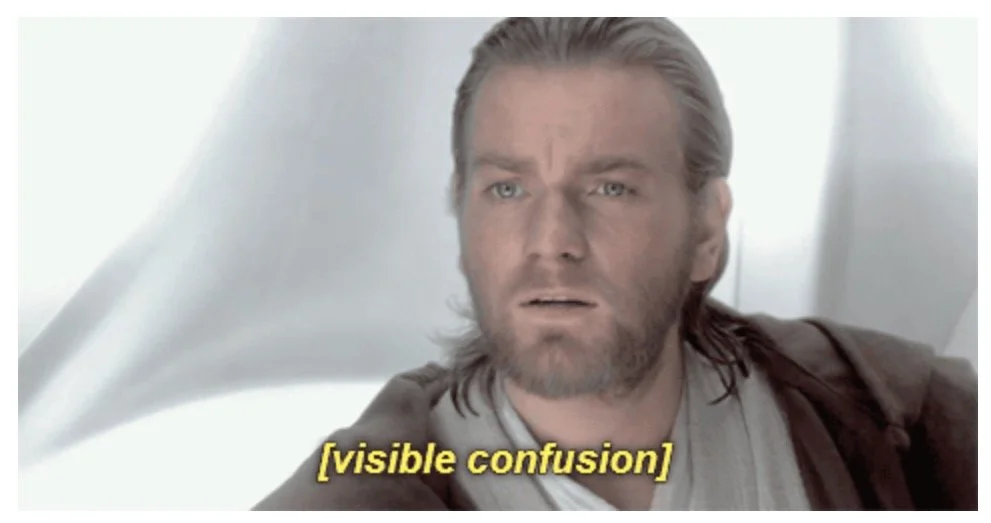Left Brain-Right Brain: The Science of a Good Story
What if I told you there’s a whole lotta left brain-right brain science behind a good story? So it’s not just the muse speaking or the poetry of it, but SCIENCE that makes your content kick some serious rear end.
When you involve both sides of the brain in a story, you’ve nailed it.
Let’s back up a sec. I swear this is really cool — and not sciency in a Chemistry class kind of way. It’s sciency in a FUN way.
Right, Left, Right, Left
The right side of the brain is all about emotion, empathy, intuition, feelings. The left side is more literal and businesslike. It likes order and structure and making sense of the world. So the right side tends to feel, while the left side tends to label.
For more on this, check out a book called “The Whole-Brain Child,” which teaches the reader how to help children use both sides of their brain. It’s life-changing yet accessible.
“Integration,” or learning to use both sides of the brain together, helps kids (and adults) navigate their emotions and regulate their thoughts and behaviors. Life makes more sense and we deal with situations in a more healthy way when we do the left brain-right brain thing.
Know what else the book talks about at some length? Storytelling.
“Parents know how powerful storytelling can be when it comes to distracting their kids or calming them down, but most people don’t realize the science behind this powerful force,” the book says. “The right side of our brain processes our emotions and autobiographical memories, but our left side is what makes sense of these feelings and recollections.”
The book says it’s like we have these jigsaw puzzle pieces floating around and are able to put the picture together when we use both sides. Otherwise, we have a heckuva lot of loose ends mucking things up.
Make it make sense
I thought about my then 8-year-old son (and my own experiences) as I read the book, but I also started to think about writing in general and about the stories we tell in our businesses. As you read the next part, put it into a writer-reader context; substitute “reader” for kids.
It says:
“What kids often need, especially when they experience strong emotions, is to have someone help them use their left brain to make sense of what’s going on — to put things in order and to name these big and scary right-brain feelings so they can deal with them effectively.
“This is what storytelling does: it allows us to understand ourselves and our world by using both our left and right hemispheres together. To tell a story that makes sense, the left brain must put things in order, using words and logic. The right brain contributes the bodily sensations, raw emotions, and personal memories, so we can see the whole picture and communicate our experience.”
Wow.
This is EXACTLY what we’re after, right? . . . Right?
Make us feel something and tell us why it matters.
When you include stories, you’re using brain science to connect to your readers.
If you communicate only facts and information, you stay contained in the left brain hemisphere, listing and labeling but failing to link to the right side. The reader, left without emotion, often fails to understand why this information is important to them. They feel nothing and your message doesn’t stick. (Plus you don’t stand out from all the others who write about a similar topic.)
But you can err on the flip side as well. If you write with emotion and sentiment and don’t provide some answers to satisfy the left brain’s need for a “why does this matter,” you haven’t made your story make sense. The reader, though they may be touched by your story, is nevertheless left wondering about its relevance.
So the key is to use both emotion AND relevance. Involve both sides of the brain, and you’ve just made your point in a way that STICKS.
Quick side note: “Emotion” doesn’t have to be dramatic. It can be funny or flip, motivational, inspirational, happy, even moody. You can keep it light if you’d like. The point is, feel SOMETHING. Communicate that. Add relevance. Boom.
So there: science gives you permission to tell some stories and to—gasp—even write about yourself. You’ll build stronger connections.
What do you think? Does the idea of right brain-left brain science shed some light on the way that good storytelling works? Do you see how you need a balance of both for maximum effectiveness?


